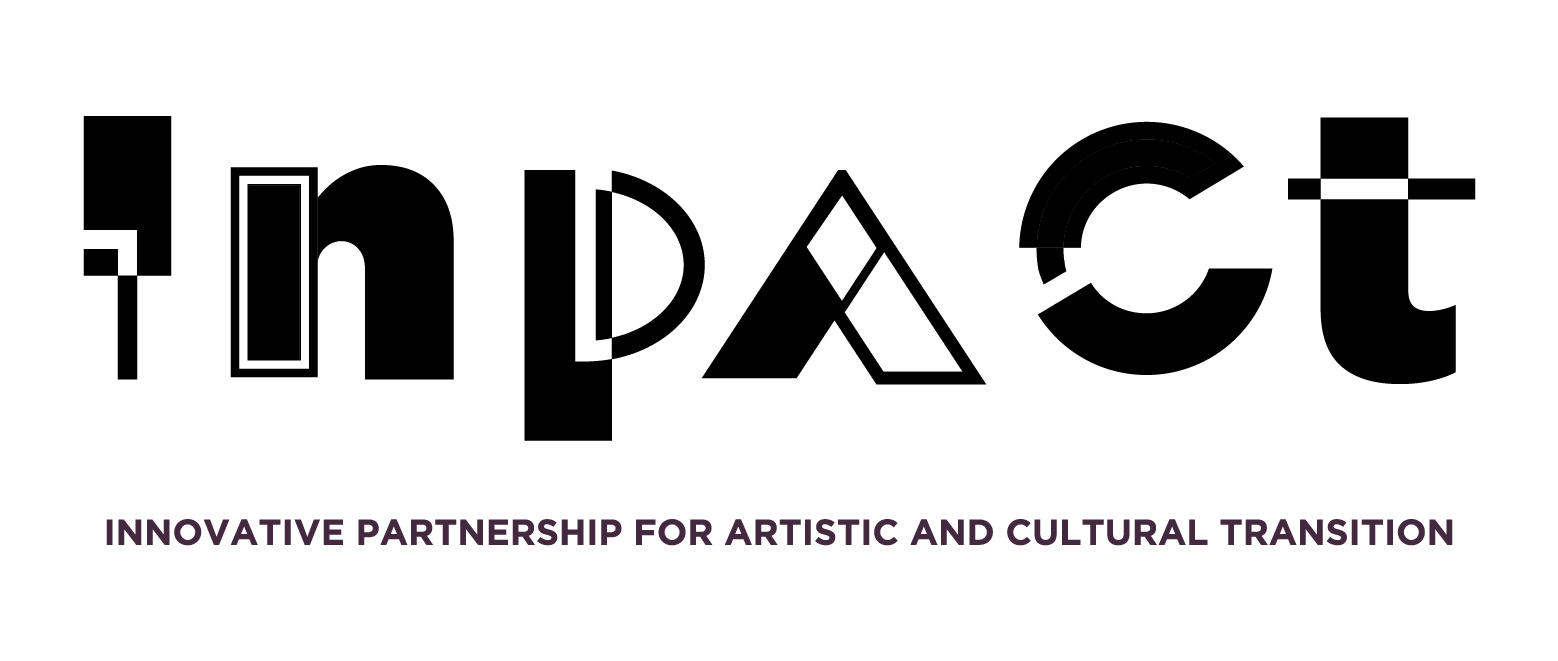Understanding perceptions and challenges
INPACT’s raison d'être is the increasing social and economic instability faced by artists, creators and small cultural non-profit organisations. During this first year we have focused on understanding the challenges posed by four interrelated transitions: the digital, the environmental, the socio-economic and the democratic transition.
The first batch of data was obtained from a survey completed by more than 200 artists, creators and small cultural non-profit organisations from France, Spain, Italy, Greece, Hungary and Lithuania. The average profile of survey participants is an artist/perfomer with more than 10 years of experience in the sector.
Each transition elicits different levels of interest and impact.
All transitions make an interesting topic. Participants are very or extremely interested in the socio-economic transition (79%) and the democratic transition (73%) while 4 out of 6 respondents express low levels of interest in the Green Transition (41%).
Interest is not a proxy for impact though. Participants were given four options to rate the impact of each transition: positive, negative, both, neutral. The resulting patterns show striking differences. The socio-economic transition is percieved positively only by 14% of responses. The digital transition elicits both positive reactions (43%) and mixed feelings with 35% of the sample reckoning the digital is having both a positive and negative impact in their professional life. More than 50% of the sample considers the green transition is having no impact at all in their work.
Digging deeper: Discussion groups
Discussion groups in 6 different locations allowed us to gain deeper insights on some of the patterns observed. This is the first of a series of three blog entries tapping into the impact of the four transitions in different parts of the cultural value chain: Creation, Production, Distribution, Access and Participation.
Digital Transition/Creation&Production
Digital transition introduces elements of novelty but requires continuous updating. Discussion group participantes conceive training not only as learning on how to use a tool but as an opportunity to develop a deeper understanding of the affordances and new expressive possibilities of new technologies. On a personal/domestic level participants feel that the digital has blurred the boundaries between work and leisure.
There are tensions between traditional and digital formats in the creative process. Some artistic practices lend themselves better to navigate this transition which is not always smooth. Some key elements are lost in translation. The digital has changed the way culture is consumed and that exerts a negative pressure in the creation process that makes artists in some sectors (eg. Music) struggle to keep up with the rhythm of distribution and consumption.
Digital Transition/Distribution
Digital tools and platforms enable a wider distribution of creative work without the help of intermediaries but this is not without problems: Massification of the offer, the gatekeeper role of platforms, abiding by the rule of the algorithm and the difficulties to make a living out of Spotify streams were often mentioned.
Digital Transition/Access and Participation
Information Technologies may be a vehicle for more democratic and inclusive artistic practices but this role should not be taken for granted. Digital tools are seen as an opportunity to (re)connect with disenfranchised stakeholders but participants acknowledge inequalities of access persist.
In the next entry of this series we will disclose the perceptions and challenges of the socio-economic transition.

What are the challenges for the cultural sector when it comes to the Digital Transition?
During this first year in INPACT we have focused on understanding the challenges posed by four interrelated transitions: the digital, the environmental, the socio-economic and the democratic transition. The first post in this series is on the Digital Transition.
